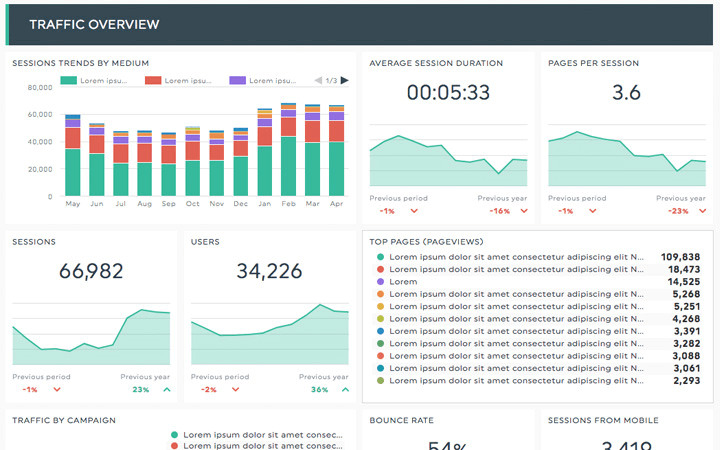What is an exit rate?
In marketing, the exit rate refers to the percentage of visitors who leave a website or a specific page within the conversion funnel without taking the desired action, such as making a purchase or completing a form. This metric is calculated by analyzing user behavior and identifying the point at which individuals exit the site. The exit rate is particularly significant when evaluating the effectiveness of call-to-action elements, site content, and the overall user experience.
By understanding where users are most likely to leave, marketers can pinpoint areas for improvement in the conversion funnel, optimize site content, and enhance the effectiveness of call-to-action strategies to reduce exit rates and ultimately drive higher conversions.






